每一小节都是可以运行的 Jupyter 记事本
你可以自由修改代码和超参数来获取及时反馈,从而积累深度学习的实战经验。
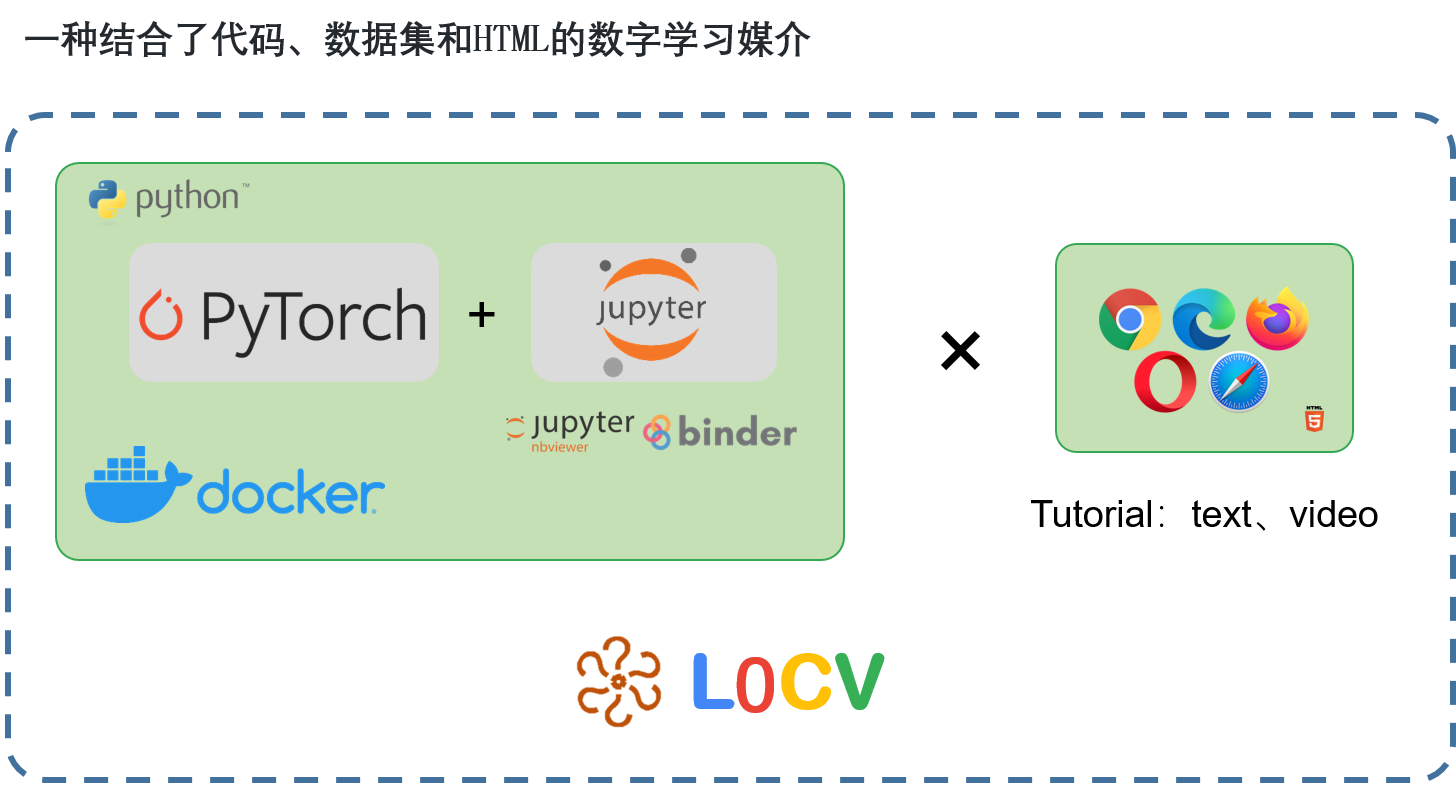
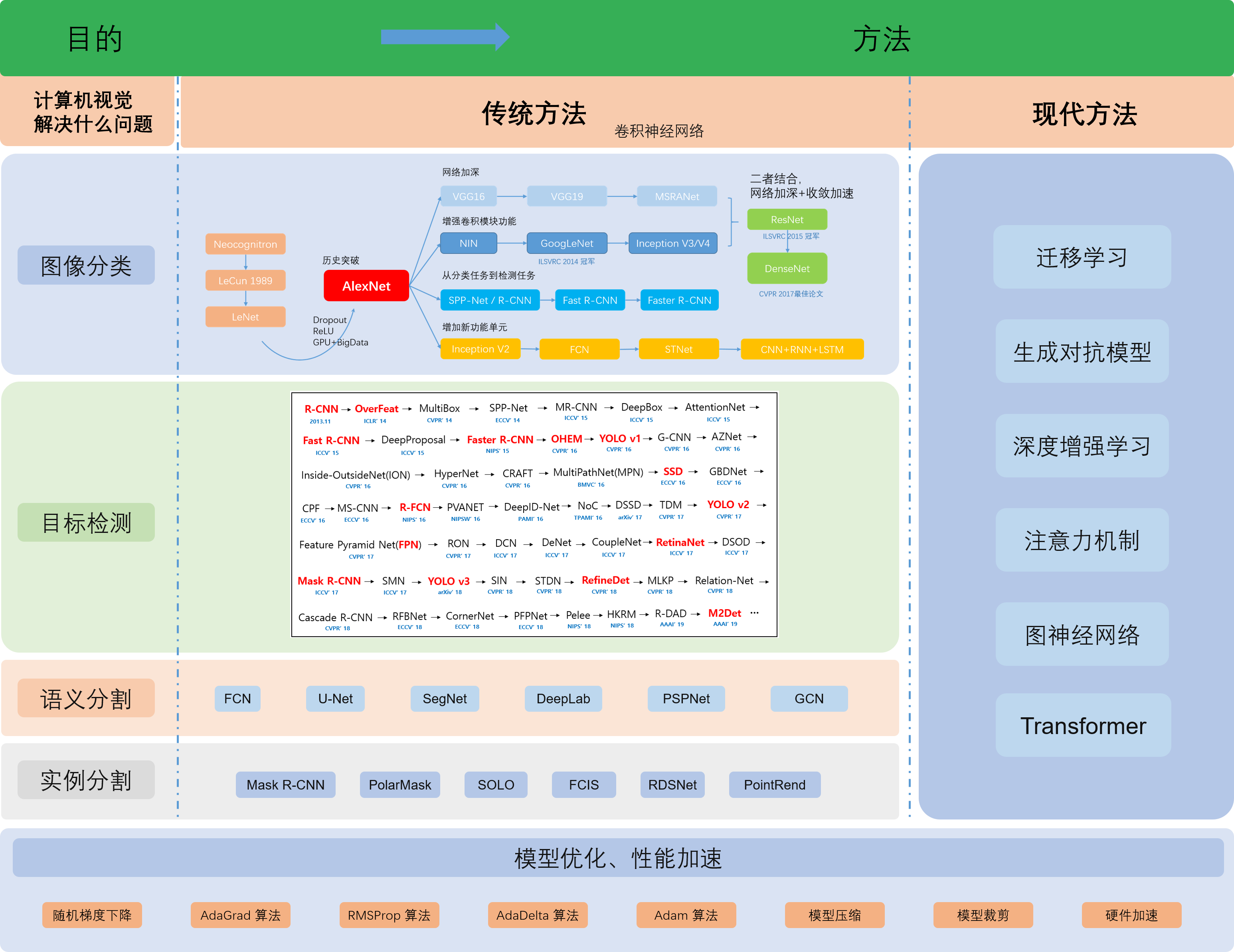
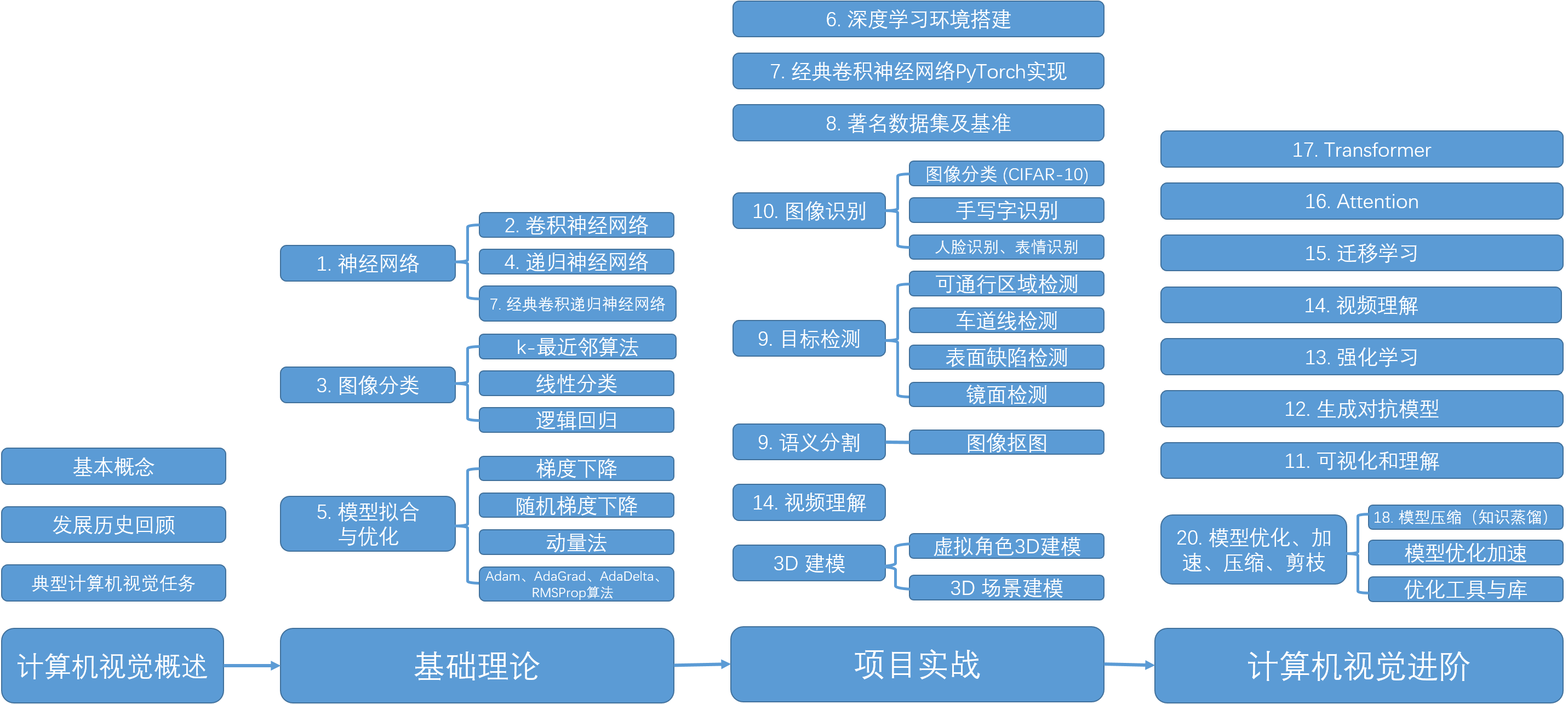
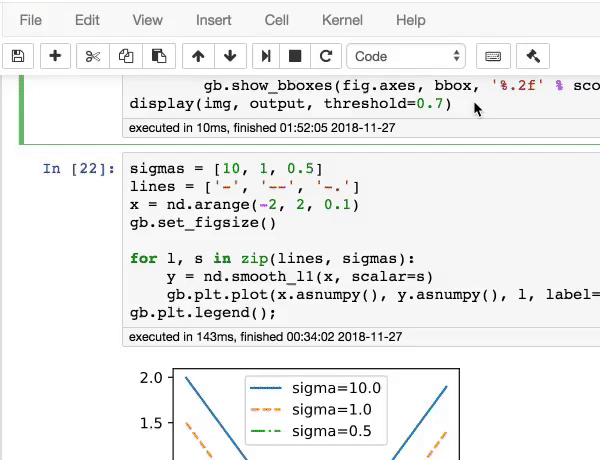
我们不仅结合文字、公式和图示来阐明深度学习里常用的模型和算法,还提供代码来演示如何从零开始实现它们,并使用真实数据来提供一个交互式的学习体验。



本学习资源以计算机视觉的发展历程和自顶向下的学习过程为核心,为读者提供一个 人人可学习计算机视觉的开放平台。我们围绕这样的组织逻辑:什么是计算机视觉?计算机视觉解决什么问题,都是怎么解决的?传统方法——以卷积神经网络为中心的神经网络;现代方法——Transformer、强化学习、迁移学习、生成对抗等。各种方法是如何实现的,用到了什么框架?在本资源中,这些问题都将会给予解决。
* 更多关于 [ arXiv + code + video + tutorial + Colab/demo] 可以通过 PaperEasy 查看。
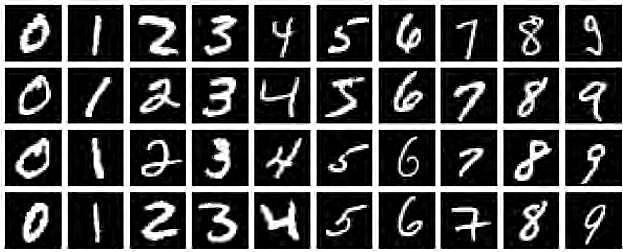
Kaggle:Digit Recognizer
Learn computer vision fundamentals with the famous MNIST data, image classification method you will get.
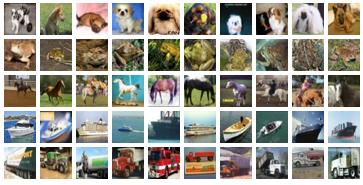
CIFAR-10 - Object Recognition in Images
Identify the subject of 60,000 labeled images
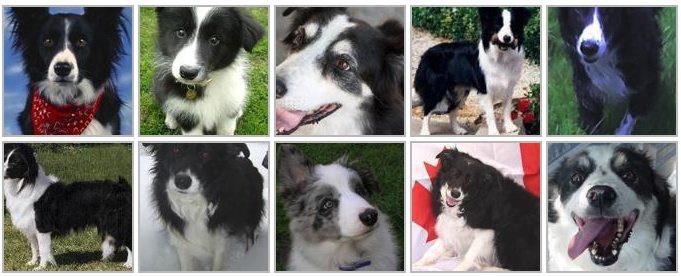
Kaggle: Dog Breed Identification
Learn about the use of programming for data analysis, data management, and statistical analysis techniques.
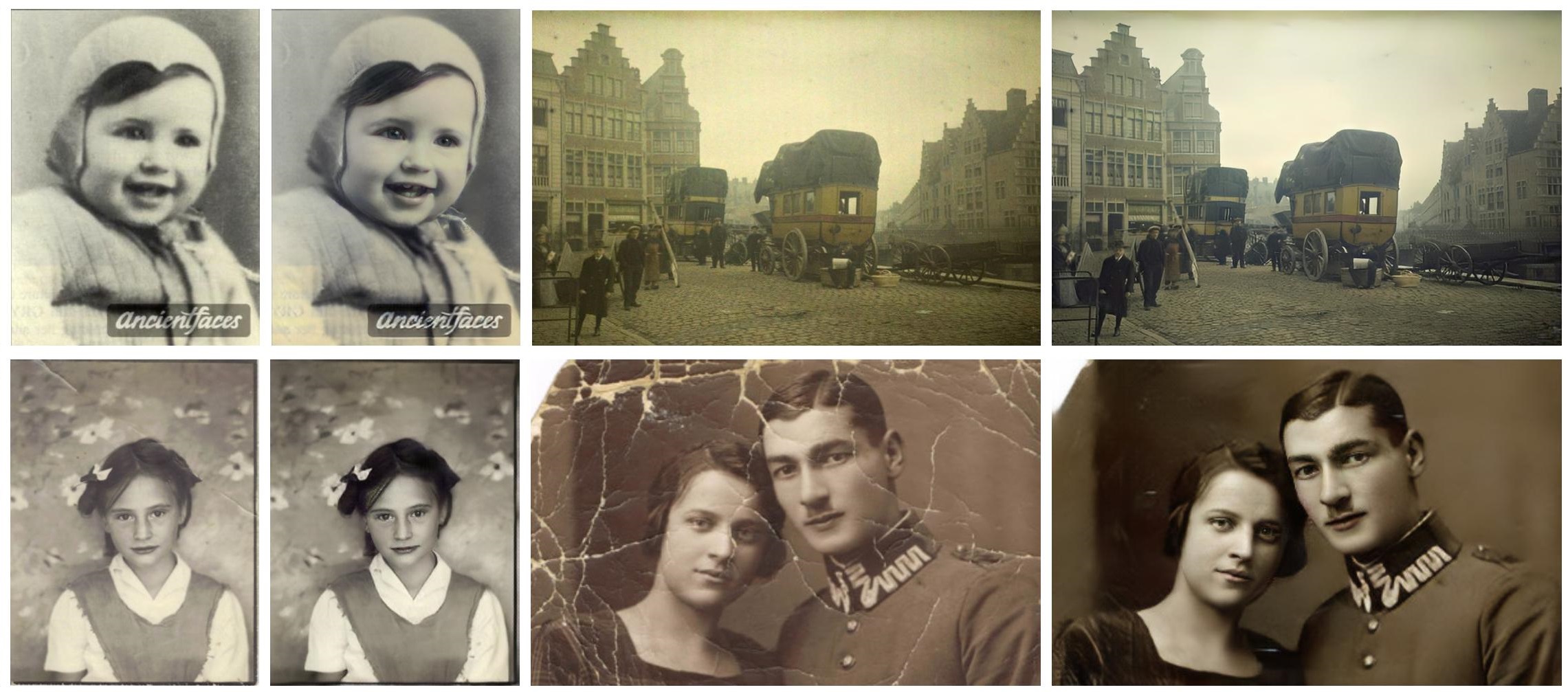
Bringing Old Photo Back to Life
通过深度学习方法恢复严重退化的旧照片,训练两个变分自动编码器(VAE)分别将旧照片和干净照片转换为两个潜在空间。
*《计算机视觉实战演练:算法与应用》V1.2 部分项目还在更新中
| 实战项目 | 章节 | Binder | Google Colab |
|---|---|---|---|
| 实战项目 1 - 手写字分类 | 第 1 章 - 神经网络 | ||
| 实战项目 2 - 动手搭建一个卷积神经网络 | 第 2 章 - 卷积神经网络 | ||
| 实战项目 3 - 基于卷积神经网络的人脸表情识别 | 第 3 章 - 图像分类 | ||
| 实战项目 4 - 使用卷积神经网络对CIFAR10图片进行分类 | 第 3 章 - 图像分类 | ||
| 实战项目 5 - 使用OpenCV进行图像全景拼接 | 第 6 章 - 软件环境搭建与工具使用 | ||
| 实战项目 6 - Kaggle比赛:图像分类(CIFAR-10) | 第 8 章 - 著名数据集及基准 | ||
| 实战项目 7 - Kaggle比赛:狗的品种识别(ImageNet Dogs) | 第 8 章 - 著名数据集及基准 | ||
| 实战项目 8 - 基于PolarNet的点云端到端语义分割项目实战 | 第 9 章 - 检测与分割实战项目 | ||
| 实战项目 9 - 基于PyTorch的YOLO5目标检测项目实战 | 第 9 章 - 检测与分割实战项目 | ||
| 实战项目 10 - 实时高分辨率背景抠图 | 第 9 章 - 检测与分割实战项目 | ||
| 实战项目 11 - 车道线检测项目实战 | 第 10 章 - 计算机视觉课题研究初探 | ||
| 实战项目 12 - PyTorch 如何使用TensorBoard | 第 13 章 - 可视化和理解 | ||
| 实战项目 13 - 图像样式迁移 | 第 14 章 生成对抗模型 | ||
| 实战项目 14 - 旧照片修复 | 第 14 章 - 生成对抗模型 | ||
| 实战项目 15 - 动漫头像生成 | 第 14 章 - 生成对抗模型 | ||
| 项目实战 16 - 视频理解项目实战 SlowFast + Multi-Moments in Time | 第 16 章 - 视频理解 | ||
| 实战项目 17 - 蚂蚁和蜜蜂的分类问题 | 第 17 章 - 迁移学习 |
|
|
| 实战项目 18 - 基于Transformer的视频实例分割网络VisTR (CVPR2021) | 第 19 章 - 跨界模型 Transformer | ||
| 实战项目 19 - 支付宝CVPR细粒度视觉分类挑战赛夺冠方案解读 | 第 20 章 - 知识蒸馏 | ||
| ... | ... | ... |